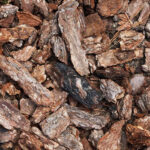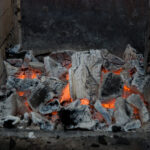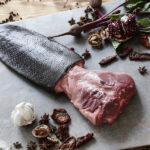Veal and venison are both lean and flavorful cuts of meat (one from a cow, the other from deer), but how do they compare?
What are the health benefits, taste, and flavor differences between veal vs venison?
Table of Contents
- Veal vs Venison
- Veal vs Venison Nutrition
- Common Uses and Pairings
- What Exactly Is Veal?
- What Is Venison?
- Final Thoughts
- Related Posts
Veal vs Venison
Veal and Venison are quite different in their flavor. You might expect veal to taste just like beef, seeing as it comes from the same animal. However, veal has a more delicate flavor than beef, and certainly a milder flavor than venison. Venison is extremely lean, with an earthy, and somewhat gamey flavor.
The younger the calf the veal came from, the more distinct the flavor is. Meat from very young calves has almost none of that classic beefy flavor to it, is pale pink, and almost doesn’t taste like red meat at all.
Veal is often considered a premier meat, or delicacy that is reserved for special recipes, and occasions. It can be purchased at many local meat and artisan markets and must be raised to certain standards in order to be considered veal.
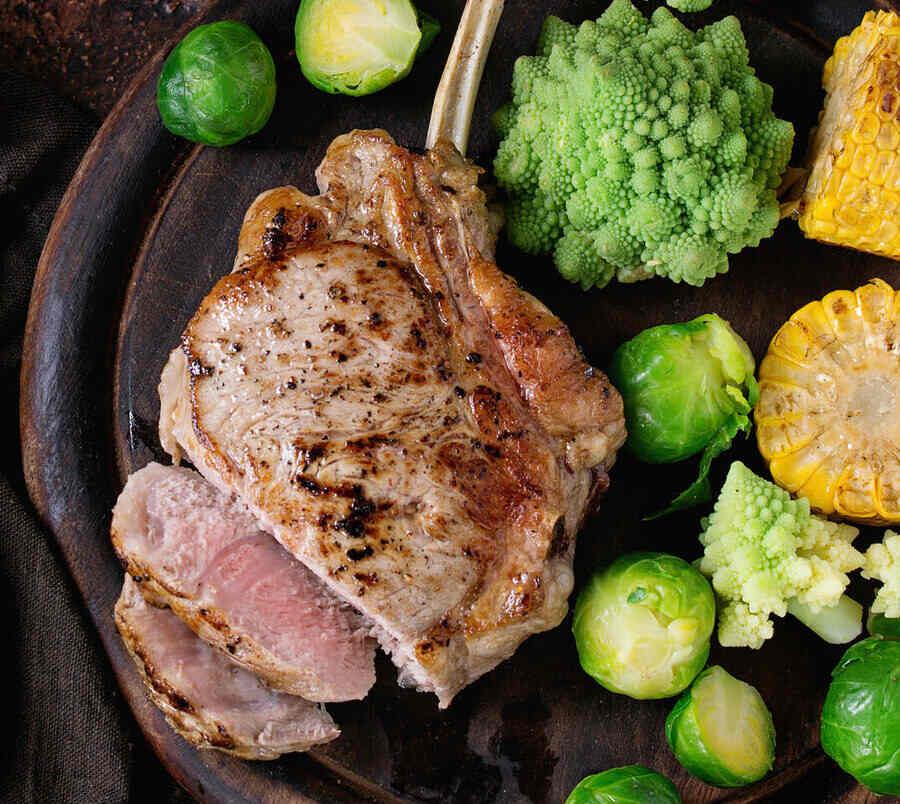
Venison on the other hand is super lean, can be quite gamey, and often has earthy aromas to it, reflecting whatever food the deer had been eating in the months before its death.
A deer killed in the spring might taste quite different from a deer killed in the fall due to changes in activity level and diet.
Venison will also taste different depending on the age of the deer. A mature buck will typically taste much gamier than a young buck because of that extra muscle development.
Venison fat, or tallow, should be removed during processing as it carries an unpleasant taste. It is very rich, super gamey, and freezes poorly.
Often, when people complain of terrible-tasting venison, it is because the fat wasn’t removed properly.
Consistency
Both venison and veal are low-fat meats, but the textures are quite different. Veal is lean meat, but it is super tender. Generally, the younger the calf, the more tender the meat. Venison on the other hand is considerably tougher than veal and even tougher than beef. Even a venison tenderloin can toughen up on you if it is overcooked.
Of course, the texture of veal, venison, or any meat will depend on the cut you are preparing, and your method of cooking.
You May Also Like: Venison vs Bison: How Do They Compare?
Veal vs Venison Nutrition
Here is a breakdown of the nutrient content of veal and venison.
Each cut of meat will differ a bit in terms of caloric density, protein content, etc. All data comes from the U.S. Department of Agriculture.
The nutrition information is for 100 g of raw venison meat and 100 g of raw veal shoulder.
| Nutrition Facts | Veal | Venison |
| Calories | 132 kcal | 120 kcal |
| Fat | 5.44 g | 2.42 g |
| Protein | 19.3 g | 23 g |
| Carbohydrates | 0 g | 0 g |
| Calcium | 21 mg | 5 mg |
| Iron | 1 mg | 3.4 mg |
| Magnesium | 25 mg | 23 mg |
| Phosphorus | 208 mg | 202 mg |
| Potassium | 327 mg | 318 mg |
| Copper | 0.12 mg | 0.25 mg |
| Sodium | 83 mg | 51 mg |
| Zinc | 3.2 mg | 2.09 mg |
| Manganese | 0.028 µg | 0.041 µg |
| Selenium | 8.4 µg | 9.7 µg |
| Vitamin C | 0 mg | 0 mg |
| Thiamin | 0.08 mg | 0.22 mg |
| Riboflavin | 0.27 mg | 0.48 mg |
| Niacin | 7.63 mg | 6.37 mg |
| Vitamin B-6 | 0.44 mg | 0.37 mg |
| Vitamin B-12 | 1.37 µg | 6.31 µg |
| Folate | 15.0 µg | 4.0 µg |
| Vitamin A | 0 µg | 0 µg |
| Vitamin E | 0.27 mg | 0.2 mg |
| Vitamin K | 4.6 µg | 1.1 µg |
Of course, the way the meat is prepared, the age of the calf, and many other factors can affect the final nutrition of the meat you actually consume.
As you can see, though, both veal and venison are nutrient-dense food sources and are much lower in fat than other red meats like beef.
Sometimes calves being raised for veal will be intentionally fed an iron-deficient diet to enhance the pale color and delicate flavor of the meat.
Common Uses and Pairings
Both veal and venison are very versatile meats that can be served as single-cut steaks, ground into burger patties, meatballs, or sausages, dried to make jerky, or slow-cooked in stews, chilis, and sauces.
Veal
Veal is a common meat used in Italian and French cuisine, so the most common uses are for things like veal cutlets, sauces, and meatballs.
However, veal works well in a wide variety of culinary dishes so don’t be afraid to experiment.
Some flavor pairings that are commonly used with veal include:
- Basil
- Thyme
- Lemon
- Black Pepper
- Capers
- Mushrooms
- Sage
- Chives
Venison
Venison also can be used in just about any dish that would call for red meat. Some of the most popular uses for venison are burgers, sausages, jerky, and steak.
Venison steaks should be cooked as rare as you can tolerate to preserve the texture and avoid it getting too chewy.
It is common to add in some pork or other source of fat when grinding venison does alter the flavor and make the resulting burger or sausage a bit more tender.
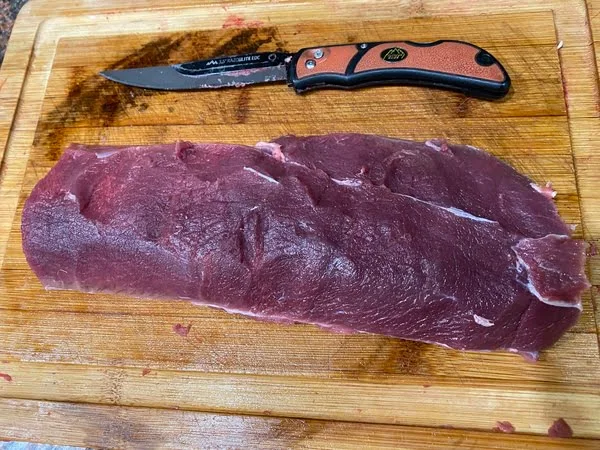
Venison also pairs well with many vegetables, often being served alongside autumnal flavors like squash, cranberry, and apple. It also works well with tart fruits like blackberries, cherries, or currants.
Some common seasonings used with venison include:
- Thyme
- Rosemary
- Bay leaves
- Sage
- Allspice
- Juniper
- Star anise
- Cloves
- Black pepper
- Ginger
What Exactly Is Veal?
Veal is the meat from a young cow calf. For meat to be packaged as veal, the calf must have been slaughtered within the first year of life.
There are five main variations of veal, categorized by the age of the calf the meet came from:
- Bob veal comes from a calf slaughtered within five days of birth
- Milk-fed veal comes from 18-20 week old calves
- Grain-fed or red veal comes from 22-26 week old calves
- Rose veal comes from 35-week-old calves
- Free-range veal is raised on an open pasture consuming their mother’s milk and grass and is usually slaughtered at 24 weeks old
The older the calf, the more developed the meat gets, approaching the flavor and consistency of beef from a mature cow.
What Is Venison?
Venison technically refers to the meat from any antlered ungulate. Most commonly, though, the term venison is used to refer to meat from a deer, and this can include whitetail deer, blacktail deer, red deer, coues deer, mule deerm and axis deer.
Most of the venison consumed in North America comes from either Whitetail deer or Axis deer, both of which are hunted recreationally and farmed.
Final Thoughts
Hopefully, you now have a better understanding of the similarities and differences between veal vs. venison.
Both are lean meats with distinct flavors and versatile uses. Veal is much more tender and mild in flavor, and venison is gamier and can have a tendency to dry out or be a bit tougher than other red meats.
Thanks for reading!

